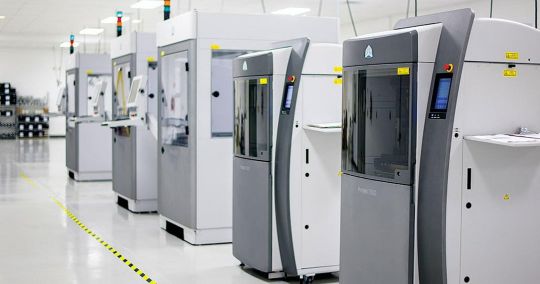Factors to Consider when Setting Up Your Commercial 3D Printer

More people today opt to place their 3D printers in their homes. This condition begs the question– exactly how risk-free it is to place a 3D printer in an area in your home? What variables should you think about?
A 3D printer must be positioned in a room with excellent ventilation, far from a combustible product, and is not available to kids and pet dogs. Given this, it will be best to put a 3D printer in a remote workshop, generally a laundry room, garage, or pastime area. There are also various other minor factors to consider.
What to Consider when Setting Up Your Commercial 3D Printer
Contemporary 3D printers are incredibly compact. While such has been an excellent selling factor for affordable 3D printers, few people might end up underestimating the physical area a 3D printing hobby could occupy. Below are some aspects of preparing for when setting up a 3D printer.
1. Fumes
When plastic is exposed to warmth, it will often launch some fumes. Several of these fumes might be bothersome, while others might be a lot more benign (and even positive). However, you need to constantly think that breathing in like fumes is hazardous to you.
There are two means to address the problem. If you purchase a 3D printer that comes with an enclosure, it would probably have a vent arrangement with a HEPA filter. It needs to be easy to attach an elastic accordion pipe to this air vent and reroute it to an open home window or a hole in the wall.
2. Noise
Do you currently have a presumption in your head of just how loud a 3D printer is? A 3D printer is likely to be noisier than that. Considering just how huge 3D printing jobs can take 12 hours or even more to end up, positioning a 3D printer in an area where peace is needed is most likely to be a terrible act.
Therefore, we do not advise placing a 3D printer in the living room, bedroom, or any space in the house where individuals usually stay for long periods.
3. Storage area
If you do not plan for the storage area, you will likely end up with 3D printing materials intruding into your space. That 3D printer might seem little, but do not forget that you would certainly likewise be acquiring spools of filaments, bottles of material, plus a selection of various tools and materials. This will undoubtedly occupy a lot more room than the 3D printer itself.
4. Mess
There’s no other way around it– 3D printing is a hobby that could develop a lot of mess. Whether it is empty filament spindles, plastic dust, removed supports, empty resin containers, or rejected prints, you will inevitably collect scrap materials whenever you service a 3D printed job.
Keeping your commercial 3d printer in a separate room aids in maintaining the mess in one area. As much as we adore 3D printing, we should not want to see 3D printing scraps around your house.
Factors to Consider when Setting Up Your Commercial 3D Printer Read More »

